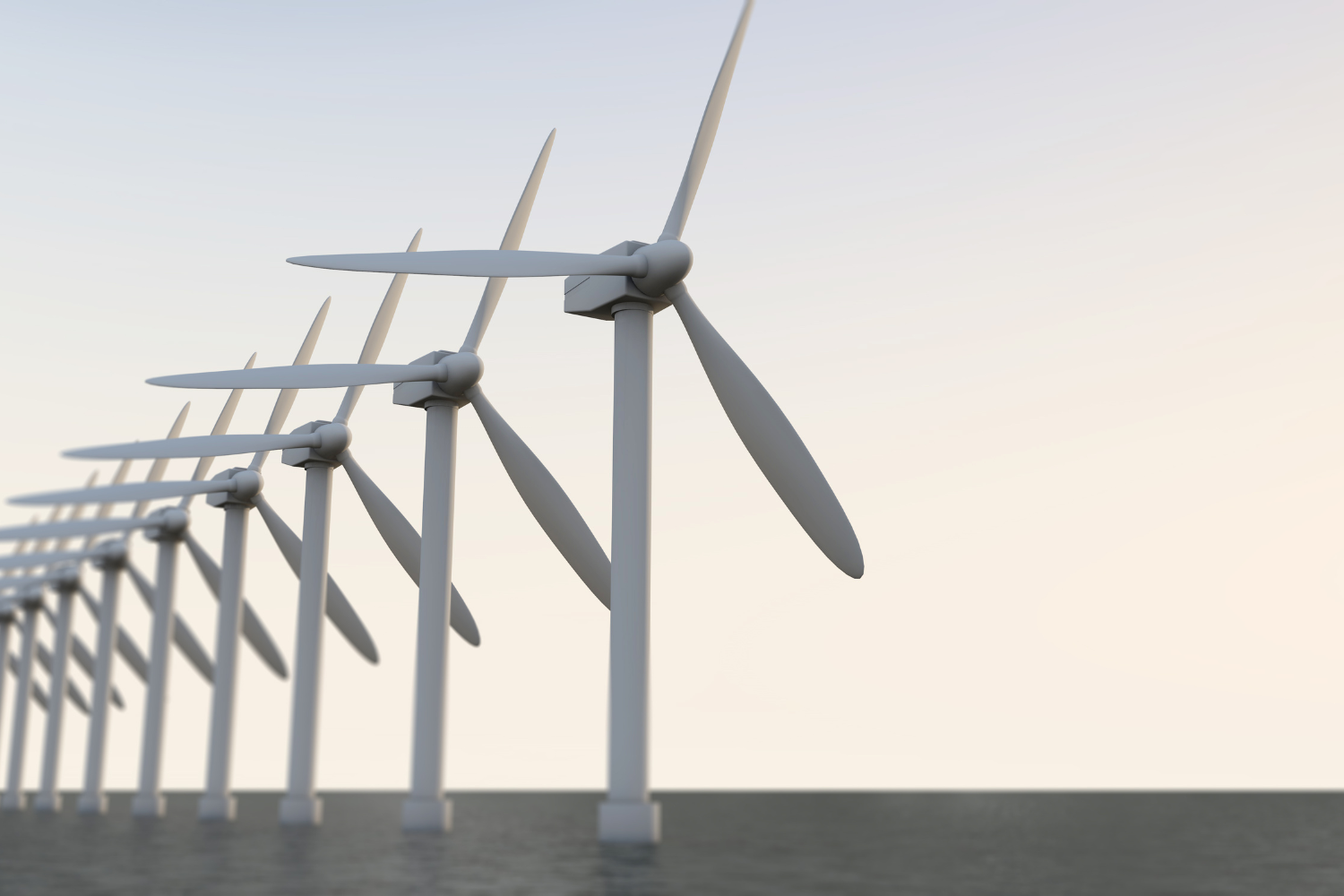The wind industry will bring reliable and stable profits to the Polish economy in the coming decades, while increasing the involvement of domestic companies and industry. The Wind Industry Hub Foundation has compiled information on flagship wind power supply chain investments, which together will soon offer more than 11,000 new, well-paying jobs. Will Poland really become an industrial hub for the sector?
Wind energy is one of the key drivers of the energy transition and decarbonization. Energy security is not only about the stability of green energy supply, it is also about the ability of domestic and European industry to provide adequate production capacity for RES investment projects (including wind) within the assumed timeframe.
The Wind Industry Hub Foundation has gathered information on flagship wind power supply chain investments in Poland, which are already operating in Poland or have recently confirmed the location of industrial plants in our country, i.e. installation ports in Swinoujscie and Gdansk, service ports in Leba, Ustka or Wladyslawowo, Vestas wind turbine blade factory, Vestas wind turbine nacelle assembly factory, Baltic Towers tower factory, Windar tower factory or TFKable cable and wire manufacturing plant.
– The entities identified in the Wind Industry Hub Foundation study will soon offer several thousand, well-paid jobs, among others, at installation and service ports, wind turbine component factories, assembly plants, transformer substation factories, cable or wire factories. Polish companies are already active players in the European supply chain, especially in the shipbuilding industry, which encourages the development of installation, maintenance and port services. Harnessing the business and industrial potential of wind power should be a priority in setting our country’s new industrial policy – underlines Dominika Taranko, Managing Director, Vice President of the Wind Industry Hub Foundation.
As of today, there is no other investment campaign like it in Poland
After Denmark and Germany, Poland is now the 3rd market for wind in the European Union. This is due to, among others, the fact that 30% of the Baltic Sea’s potential for OWE has been identified in Polish territorial waters. On top of that, we have a great background when it comes to human resources – 3% of offshore workers in the world are Poles.
Poland’s offshore wind farm project, worth about 40 MLD PLN 3 years after the passing of the offshore law, is already advanced. The offshore investment campaign with participation of Polish and foreign companies, has already resulted in more than a dozen flagship investments, which will initiate the creation of more.
By now, Poland’s industrial base is ready for the transition to green energy sources – in the case of onshore wind power, local content – the share of Polish suppliers, is already 55-65%. And that’s just the beginning. By 2030, offshore wind-only projects are estimated to create jobs for 39,000-63,000 workers in Poland, including 13,000-21,000 directly in OWF, and 10,000-17,000 indirect jobs. The dynamic growth of investment that has taken place in recent years clearly indicates that it is Poland that will become the regional industrial hub of the wind sector.
– The new industry is a huge opportunity for Polish companies involved in the production and supply chain for onshore and offshore wind. Domestic entrepreneurs have the potential to offer major building blocks in the near future, i.e. wind towers, turbine components, offshore transformer stations. However, urgent support and decisive investment activities are needed. It is necessary to have a conscious state industrial strategy that prioritizes the development of factories, projects, industry education, or obtaining financing – convinces Piotr Czopek, Regulatory Director at Polish Wind Energy Association.
Europe wants to catch wind in its sails
The European Union, seeking to lead the way toward climate neutrality while remaining competitive in global markets, has recently proposed a series of initiatives and legislative packages to accelerate the energy transition. Recent documents explicitly point to the special role of wind power, which is expected to be one of the key drivers of the energy transition and decarbonization. The proposed regulations and measures are intended to speed up the development of wind power sources in Europe and simplify administrative procedures and legal frameworks – a point clearly underlined by the adoption of the Wind Power Action Plan. It is a document that is expected to increase the competitiveness of Europe’s wind energy sector and Europe’s ability to achieve its climate and energy goals on its own.
In recent days, the European Parliament and the Council reached a final agreement on the Net Zero Industry Act (NZIA). This is another decisive step away from purely price-based auctions. The NZIA is introducing prequalification and non-price criteria to ensure that projects are awarded not to those who perform the cheapest, but which will bring the greatest socioeconomic value.
– I believe that the Green Deal can be a driving force for the European, including Polish, economy. The Net Zero Industry Act (NZIA), passed in early February, sets an annual target of 36 GW of wind turbines to be produced annually in the EU. That’s almost twice as much as we currently produce, so it provides a useful stimulus for building a European supply chain. Besides, the NZIA is another decisive step away from purely price-based auctions. The NZIA is introducing prequalification and non-price criteria to ensure that projects are awarded not to those who perform the cheapest, but which will bring the greatest socioeconomic value – said Malgosia Bartosik, WindEurope’s Deputy CEO.
The Wind Industry Hub Foundation has gathered information on flagship wind power supply chain investments in Poland that are already operating in Poland or have recently confirmed the location of industrial plants in our country.














